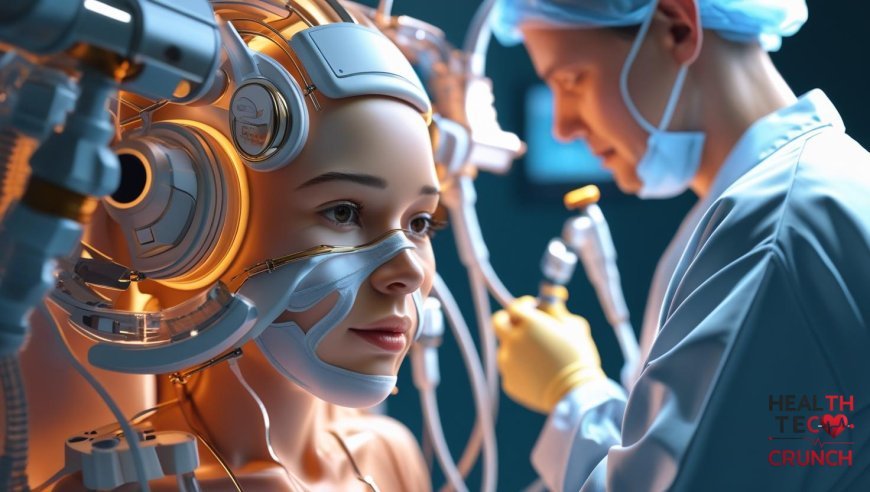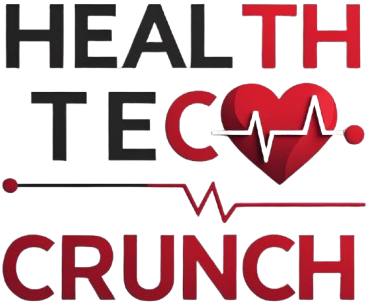Advances in Medical Technology and Equipment: Transforming Patient Care

Advances in Medical Technology and Equipment: Transforming Patient Care
The world of medical technology is evolving at a breathtaking pace, bringing innovations that are reshaping the way healthcare is delivered and experienced. From cutting-edge diagnostic tools to sophisticated treatment devices, the advances in medical equipment are making patient care more accurate, efficient, and compassionate. These technological breakthroughs not only improve outcomes but also enhance the quality of life for patients and healthcare providers alike.
One of the most significant changes is in diagnostic technology. Modern imaging devices like high-resolution MRI and CT scanners allow doctors to see inside the human body with incredible detail, enabling early detection of diseases that once might have gone unnoticed until they were far advanced. This early diagnosis can make all the difference, leading to timely interventions and better prognoses. Beyond traditional imaging, innovations like portable ultrasound machines and handheld diagnostic tools are bringing healthcare closer to patients, especially in remote or underserved areas where access to large medical centers is limited.
Treatment technologies are also experiencing remarkable progress. Minimally invasive surgical tools, powered by robotics and advanced imaging, are helping surgeons perform complex procedures with precision and reduced recovery times. This means less pain, fewer complications, and quicker returns to normal life for patients. The integration of AI in surgery further supports decision-making and real-time adjustments, making surgeries safer and more effective.
Another exciting area is the development of wearable medical devices that continuously monitor vital signs and other health metrics. These smart gadgets empower patients to actively participate in managing their own health and provide doctors with real-time data to tailor treatments more precisely. The ability to catch potential health issues before they become emergencies is transforming chronic disease management and preventive care.
Medical equipment advancements also extend to therapy and rehabilitation. Technologies like advanced prosthetics with neural interfaces are restoring mobility and function to individuals with disabilities, giving them newfound independence. Rehabilitation devices that combine virtual reality and sensor feedback create engaging, personalized therapy programs, motivating patients to recover more effectively.
Importantly, these innovations are not just about technology but about human connection and empathy. They enable healthcare providers to focus more on patients’ needs, reduce administrative burdens, and improve communication. When technology works seamlessly, it supports the healing process without overwhelming either patients or caregivers.
Challenges remain, such as ensuring equitable access to these technologies and managing the costs involved. However, the trajectory is clear: medical technology and equipment are becoming more sophisticated, accessible, and patient-centric. As these tools continue to evolve, they will play a crucial role in building a healthcare system that is not only more effective but also more compassionate, responsive, and personalized. This ongoing transformation holds the promise of healthier, fuller lives for people everywhere.

















